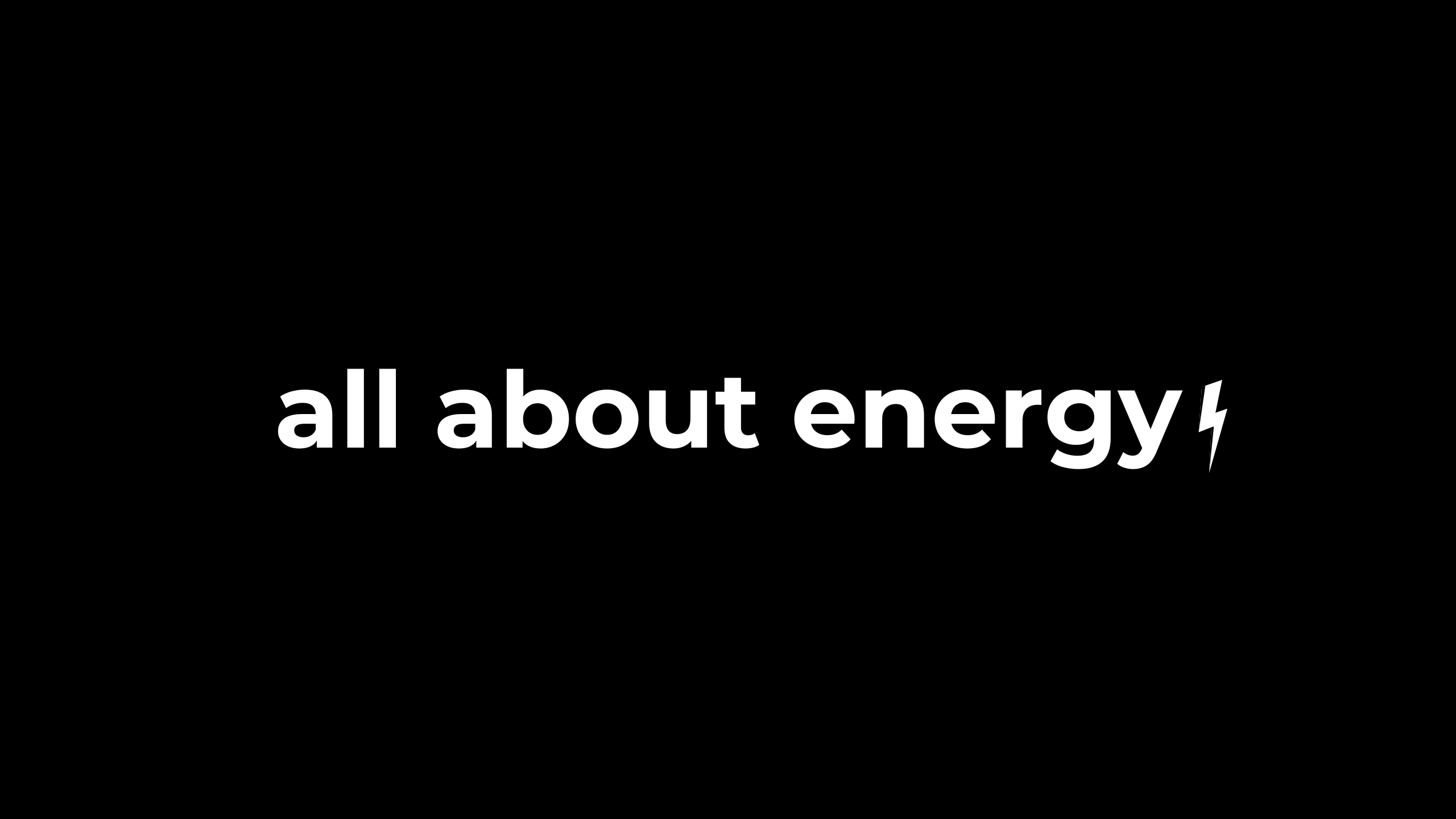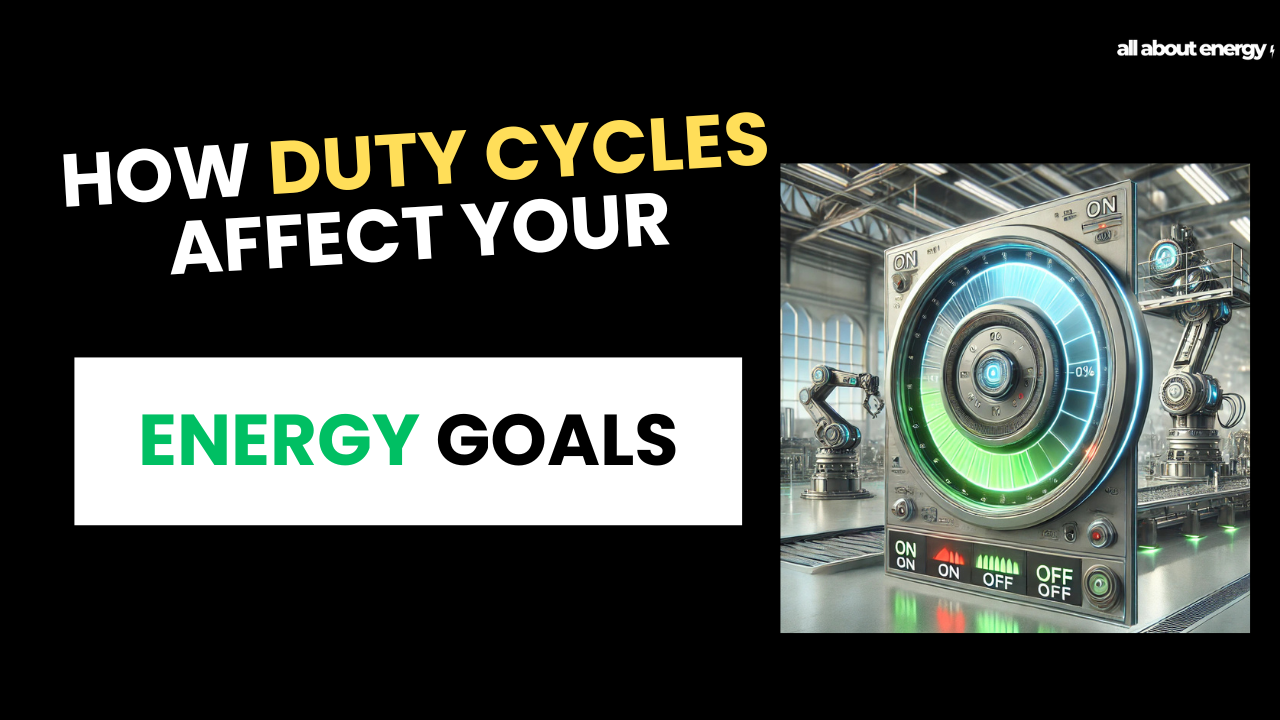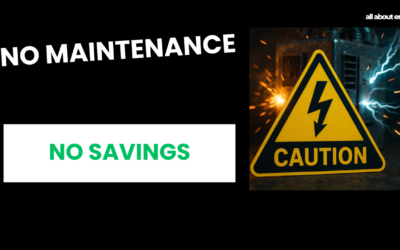How Duty Cycles Affect Your Energy Consumption
Written by Joe Wright
As a business, you’re constantly looking for ways to cut costs, meet compliance requirements like ESOS or SECR, and achieve your net-zero targets. There’s one factor in energy management that’s often overlooked: duty cycles.
So, what is a duty cycle, and why should you care? Let’s break it down.
What Is a Duty Cycle?
A duty cycle measures how long a piece of equipment operates versus the total time it’s available to run. Think of it as a percentage that represents how much of the time your equipment is active.
Here’s an example:
Imagine a pump designed to run for 30 minutes every hour to prevent overheating. If it operates for the full hour, its duty cycle is 100%. If it runs for only 30 minutes, the duty cycle is 50%.
Sounds simple, right? But here’s the catch: many organisations don’t know the actual duty cycles of their equipment. This lack of awareness can lead to wasted energy, unnecessary costs, and missed sustainability goals.
How to Determine Your Duty Cycle
Thankfully, finding your equipment’s duty cycle isn’t complicated. Here’s a straightforward approach:
- Track Active Time: Record how long the equipment is actively running. You can use data from your building management system or even track it manually.
- Measure Total Available Time: Determine the total cycle time. For instance, if your shift lasts 8 hours, that’s your total available time.
- Calculate the Duty Cycle: Divide the active time by the total available time, then multiply by 100 to get a percentage.
Here’s an example calculation:
- Active time: 2 hours
- Total time: 8 hours
- Duty cycle: (2/8) × 100 = 25%
For more precision, consider using automated systems to monitor duty cycles in real-time. If you’re not tracking this data at all, you’re likely missing out on significant energy-saving opportunities.
Why Duty Cycles Matter to Your Business
Understanding duty cycles isn’t just a technical exercise; it directly impacts your bottom line and sustainability goals. Here are three key reasons why:
1. Wasted Energy
Without monitoring duty cycles, it’s easy to waste energy. For instance, equipment might be running 24/7 even though it’s only needed during production hours. That’s money going out the door for no reason. By aligning equipment schedules with actual demand, you can significantly lower your energy bills.
2. Unnecessary Costs
Running equipment beyond its intended duty cycle can lead to higher maintenance costs. A machine designed for a 50% duty cycle but running at 80% will wear out faster, increasing repair expenses. Worst of all, unexpected breakdowns disrupt operations, leading to costly downtime and lost productivity.
3. Environmental Impact
Every kilowatt-hour of wasted energy adds to your carbon footprint. If you’re serious about reducing your energy consumption and achieving net-zero targets, reducing unnecessary energy use is a must. Optimizing duty cycles is a cost-effective way to cut emissions without investing in expensive new technology.
The Risks of Ignoring Duty Cycles
Failing to manage duty cycles can lead to:
- Missed Energy Goals: You can’t reduce energy consumption if you don’t know where your energy is going.
- Lower Profits: Inefficient energy use drives up costs, while overworked equipment increases maintenance expenses—both of which hurt your bottom line.
How to Take Action
Optimizing duty cycles doesn’t have to be complicated. Here’s how to get started:
- Audit Your Equipment: Identify machines with excessive runtimes or idle periods.
- Use Smart Monitoring: Invest in systems that provide real-time duty cycle data to help you fine-tune usage.
- Set Clear Schedules: Match operation times to production needs.
- Consult an Expert: Energy consultants can help uncover hidden inefficiencies and recommend tailored solutions.
The Bottom Line
Duty cycles might sound technical, but understanding them is really about running your business smarter. By optimizing equipment usage, you can save money, reduce waste, and make significant progress toward your sustainability goals—all without major investments or disruptions.
Isn’t that worth looking into? Start optimizing your duty cycles today, and see the difference it makes for your business and the planet.
Watch the video for a quick overview of this topic:
You May Also Like…
Compliance Simplified
If you’re part of any of the mandatory compliance scheme like SECR, ESOS, or the many others out there, then you...
Why maintenance matters for energy management
When you think about improving your energy management, where does your mind go first? Upgrades? New systems? Cutting...
Creating A Culture Of Energy Efficiency
If your business is subject to compliance schemes like ESOS or SECR, you’re not alone. A lot of the companies I work...




